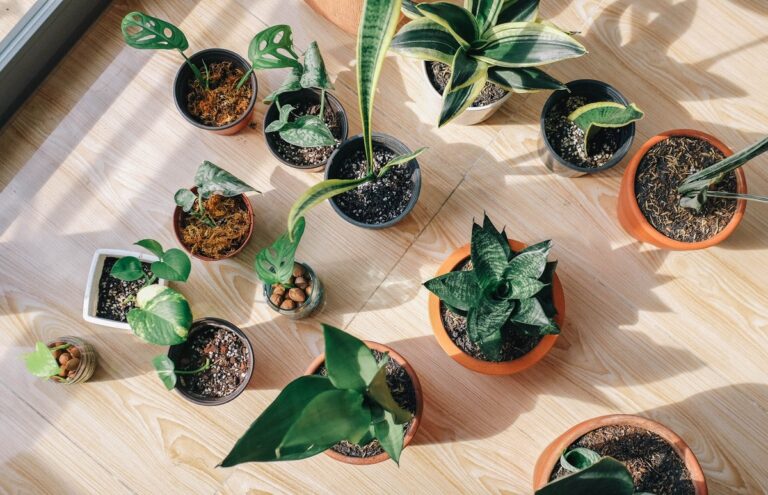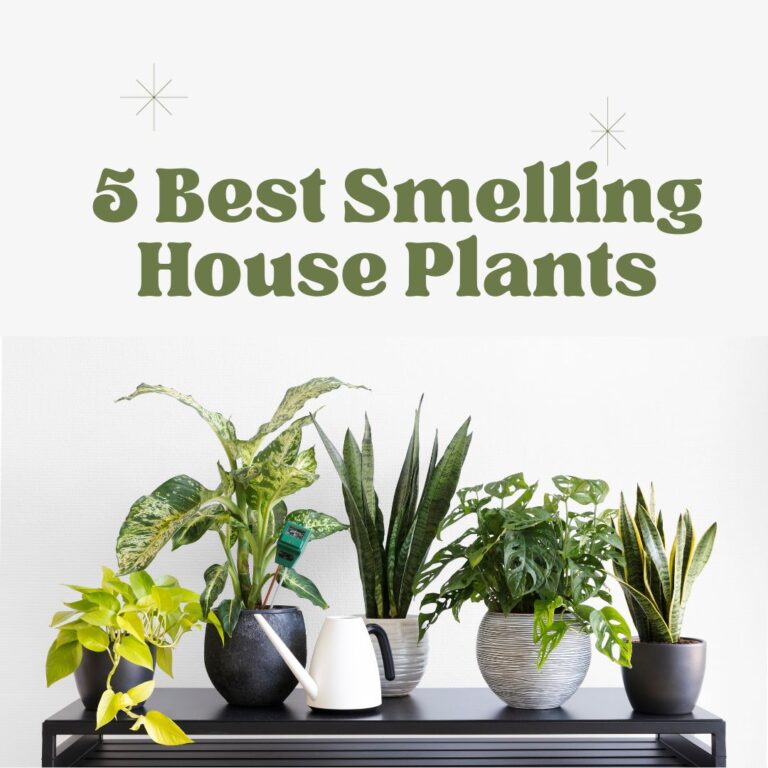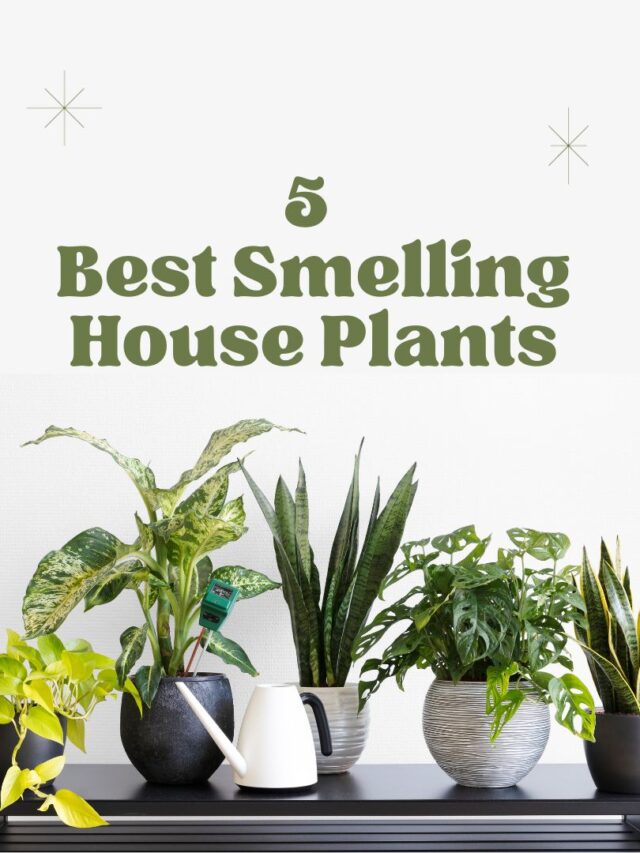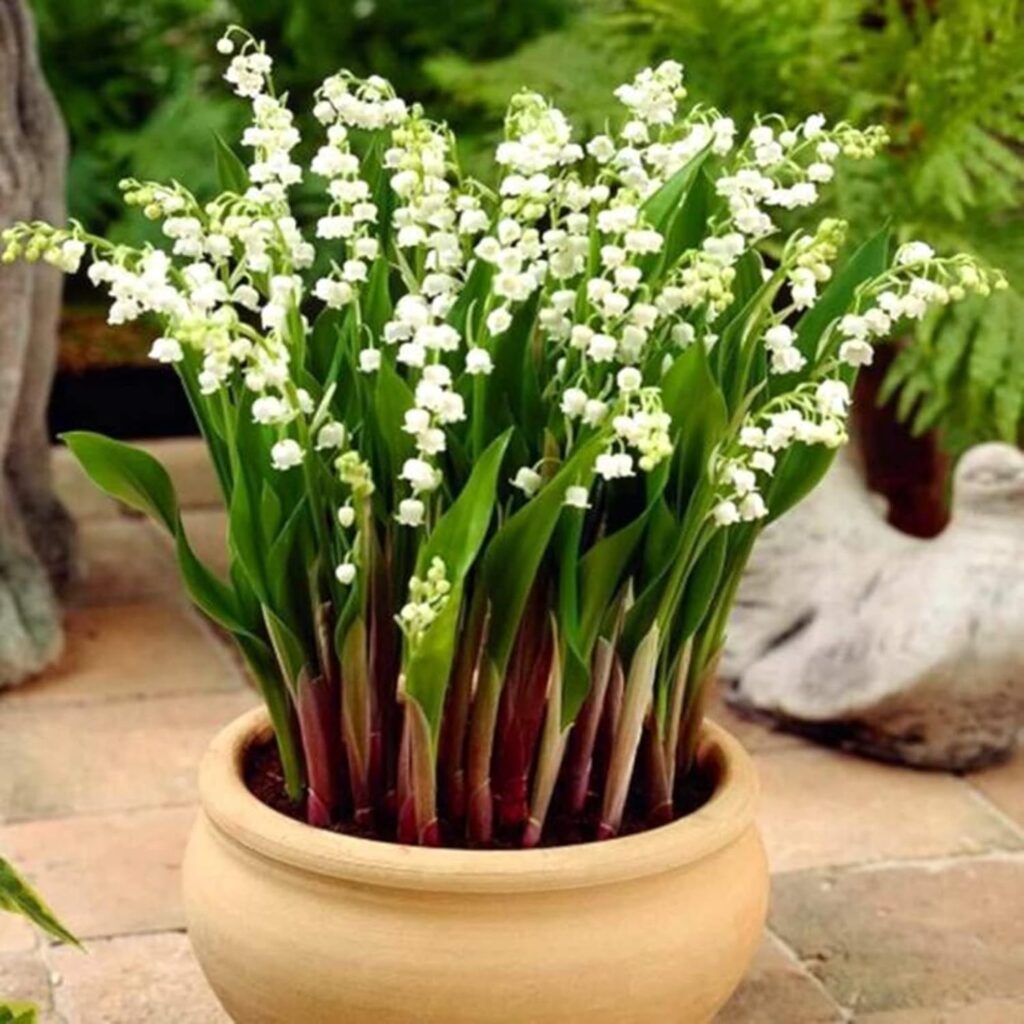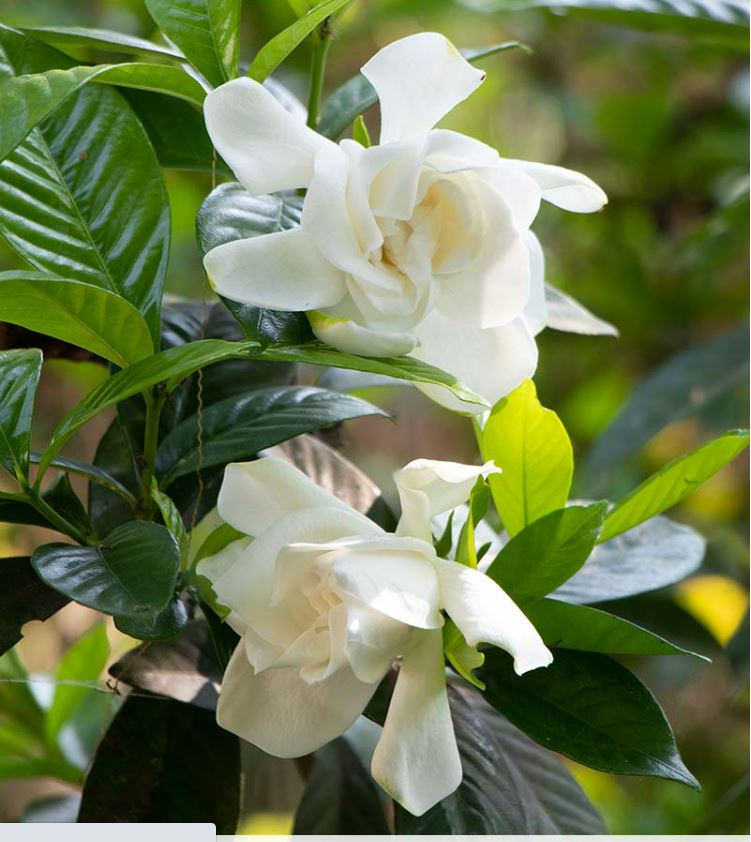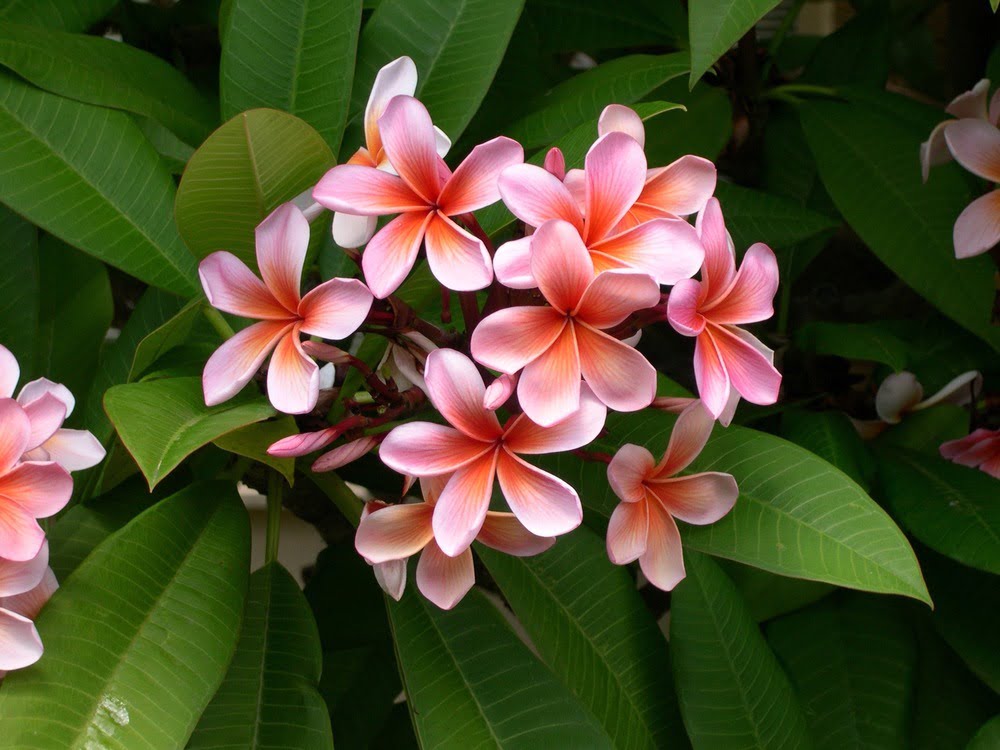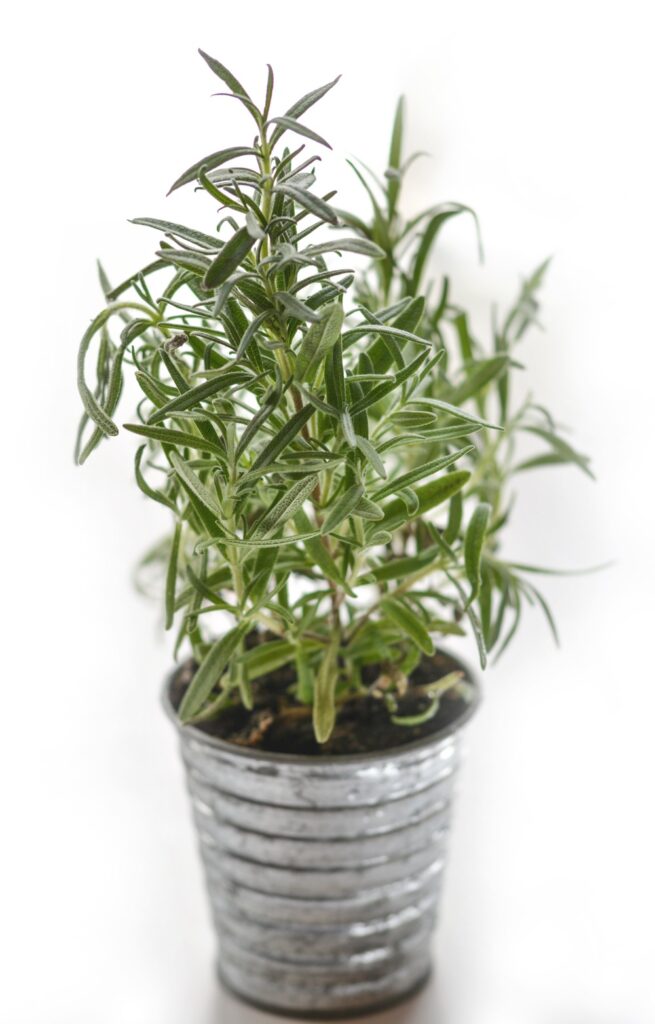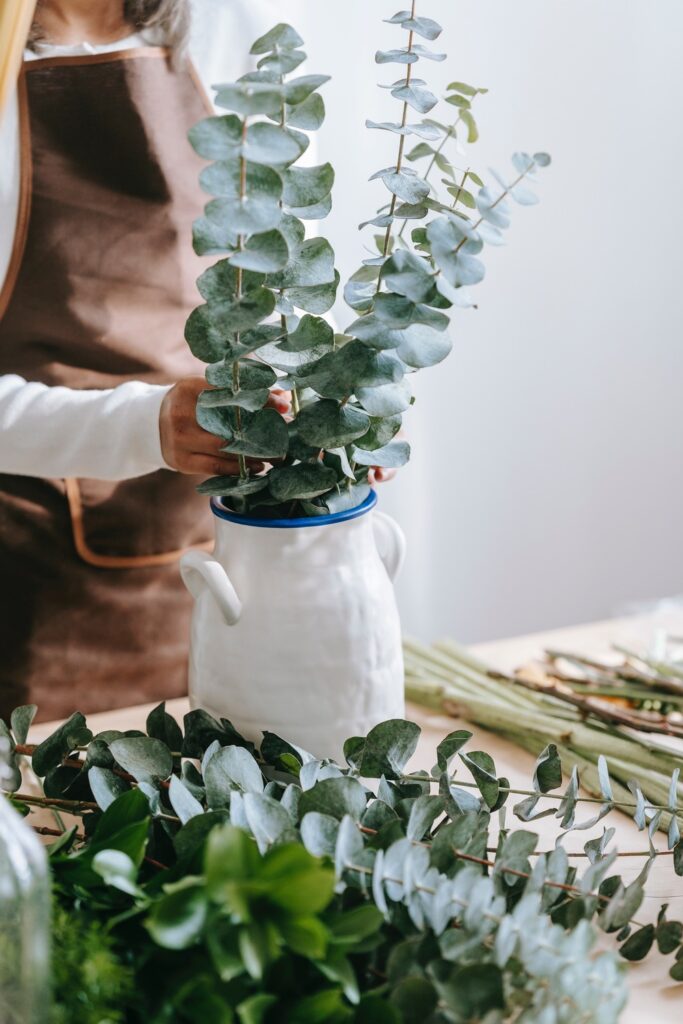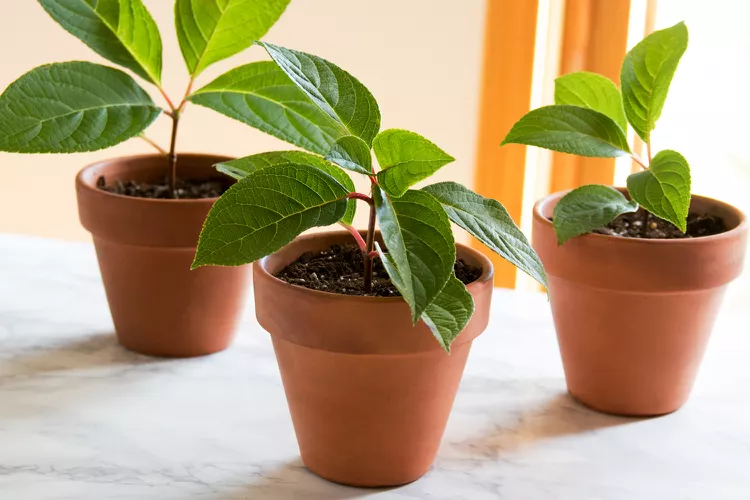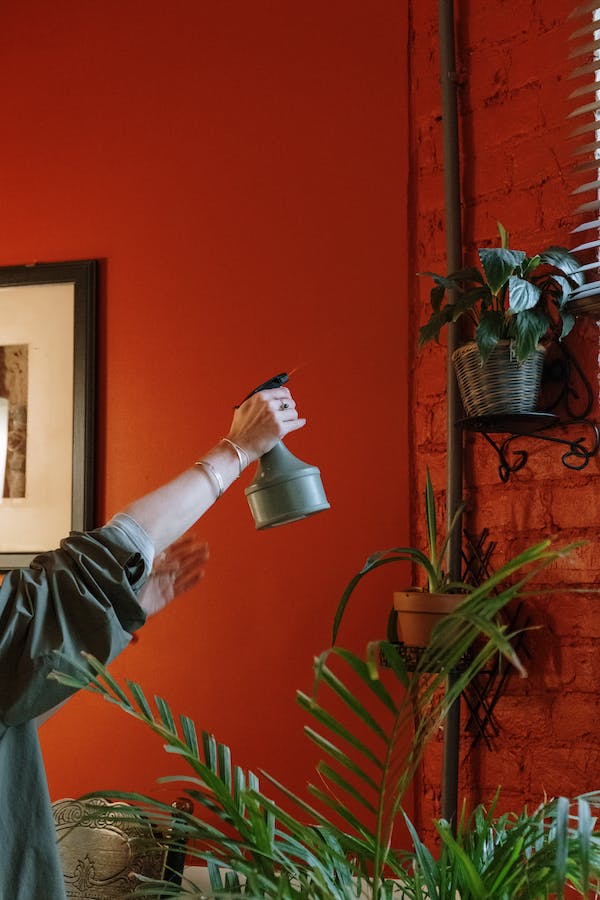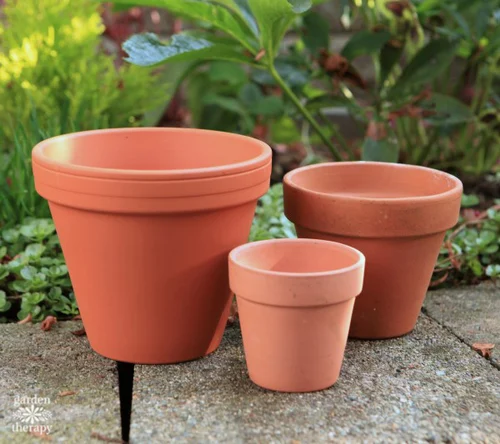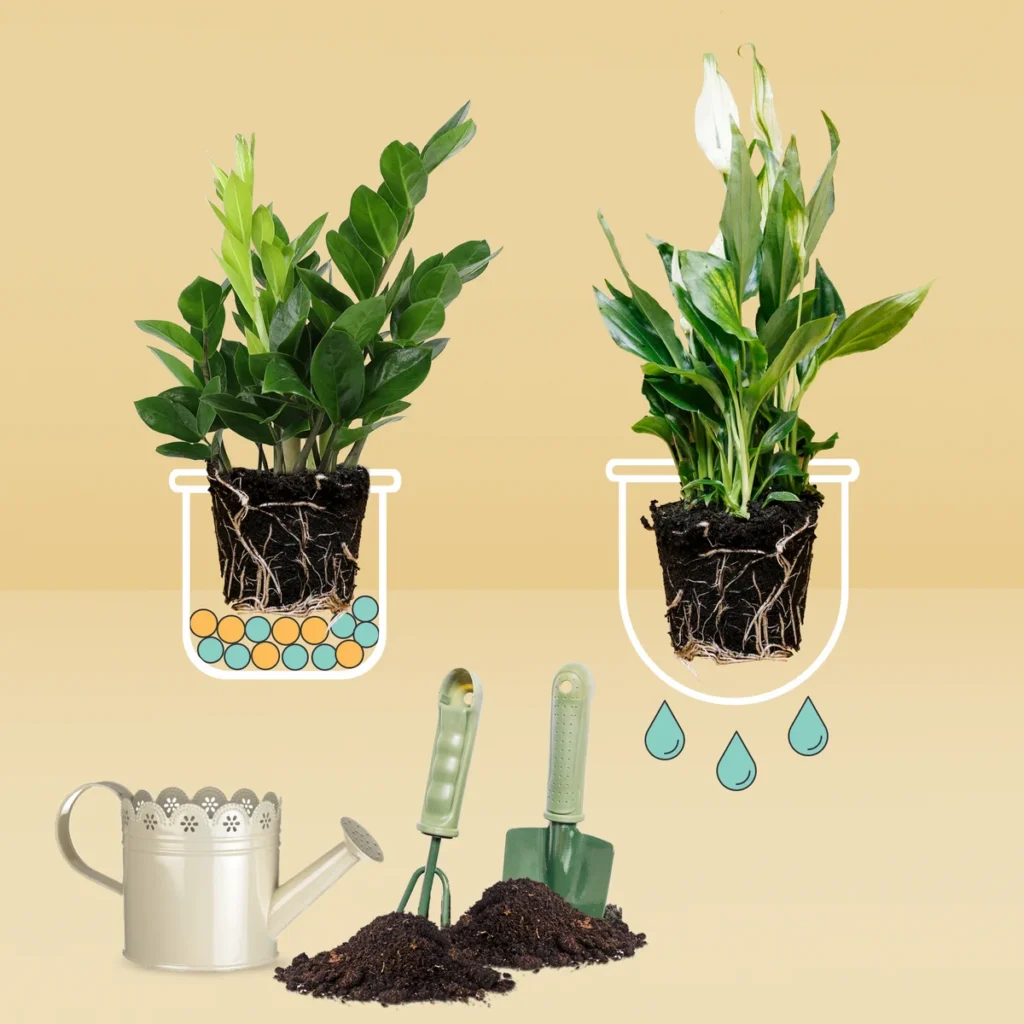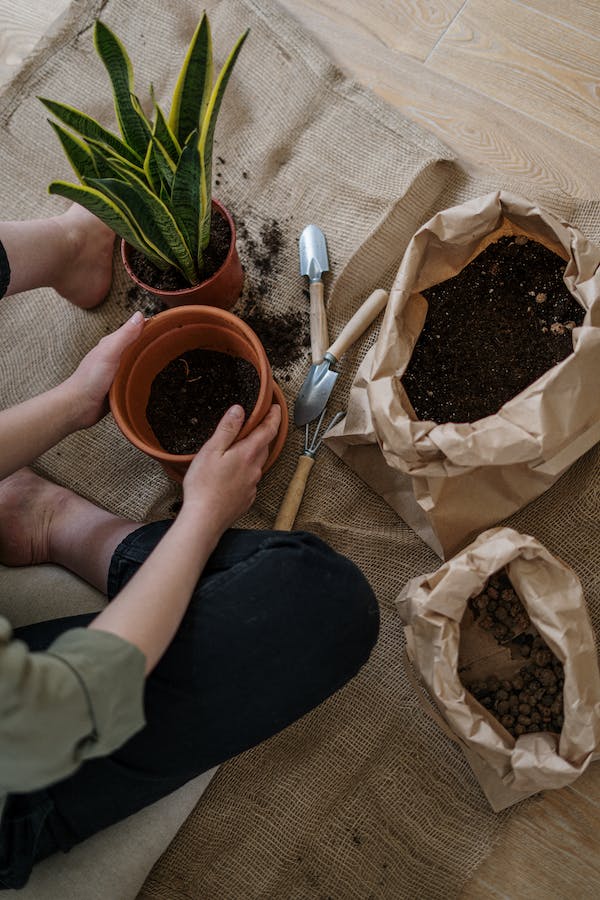When winter makes its chilly appearance, outdoor gardening takes a restful break. The absence of natural greenery can make our homes feel dull. However, fear not! Embracing the right indoor plants during winter can transform your living space into a lush, refreshing haven.
Let’s explore the best indoor plants for your home during winter that are not only visually appealing but also easy to maintain.
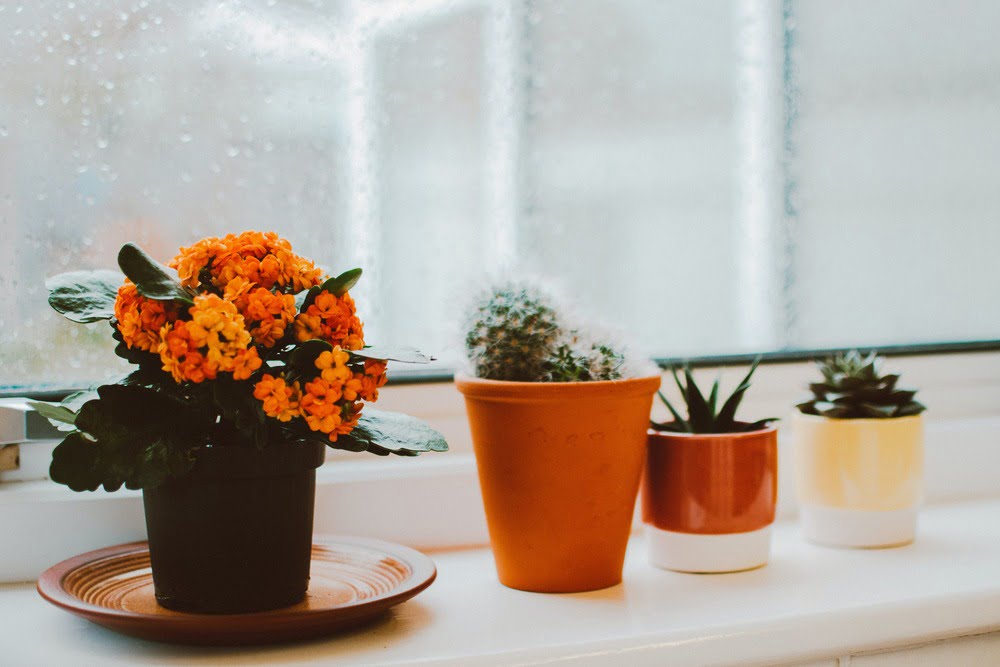
Image via Pexel
Embrace Winter with Lush Greenery
As the winter cold sets in, it’s the perfect time to bring the outdoors inside. The right indoor plants not only survive but thrive in these conditions. Let’s explore some amazing options that will brighten up your home.
Why Indoor Plants Matter
These plants aren’t just ornamental; they also serve as natural air purifiers. During winter, when our homes are more closed off, these plants help improve air quality and humidity levels.
The Ideal Indoor Plants for Winter
Discover a variety of plants perfectly suited for the winter season. From low-maintenance to flowering plants, find the best choices to enliven your home.
Snake Plant (Sansevieria)
Commonly known as the ‘Mother-in-law’s Tongue’, this sturdy plant bears long, pointed leaves, earning it another nickname – ‘Sword Plant’. The Snake Plant can sustain low-light levels, requires minimal watering, and also acts as a natural air purifier by filtering out toxins.
ZZ Plant (Zamioculcas zamiifolia)
The ZZ plant, with its waxy, dark green leaves, stands strong against dry, indoor winter air. This drought-tolerant, low-maintenance plant can survive happily with minimal light, making it a perfect winter companion.
Pothos (Epipremnum aureum)
Pothos, also known as ‘Devil’s Ivy’, brings charm to your house with its heart-shaped leaves and trailing vines. This adaptable plant can thrive in various light conditions, perfect for the low-light winter season.
Spider Plant (Chlorophytum comosum)
Ideal for hanging baskets, Spider Plants are known for their ribbon-like ‘spiderettes’. They do well in moderate to bright, indirect light and can handle cool winter temperatures.
Chinese Evergreen (Aglaonema)
The Chinese Evergreen boasts delightful leaf patterns with a variety of colour variations. This low-light tolerant plant can sustain average room temperatures, making it a suitable choice for colder days.
Peace Lily (Spathiphyllum)
Aesthetically pleasing with its unique white blooms, the Peace Lily is a low-light tolerant plant. Its air-purifying qualities are an added benefit, removing toxic pollutants to ensure cleaner indoor air.
Areca Palm (Dypsis lutescens)
If you’re looking for a touch of the tropics during winter, the Areca Palm is your perfect pick. While it loves bright, indirect light, it can still hold its own in lower light conditions.
Philodendron
A varietal group boasting an array of leaf shapes and sizes, Philodendrons don’t ask for much. These leafy greens can flourish in low to moderate light levels.
FAQs
How often should I water indoor plants in winter?
During winter, indoor plants typically require less water due to reduced evaporation. Ensure the soil is dry an inch deep before watering.
Can I use artificial light for indoor plants in winter?
Yes, artificial light can supplement natural light, especially for plants that need more sunlight during winter.
What are the best low-maintenance indoor plants for winter?
Snake plants, ZZ plants, and Pothos are excellent low-maintenance choices that thrive in winter.
Do indoor plants help improve indoor air quality in winter?
Yes, indoor plants act as natural air purifiers, absorbing toxins and enhancing indoor air quality.
How can I prevent overwatering my indoor plants in winter?
Make sure the pots have drainage holes and the soil is well-draining to prevent overwatering.
Can I move my indoor plants closer to the heater during winter?
Avoid placing plants directly near heaters, as it can cause stress due to the dry, warm air.
Also Read
